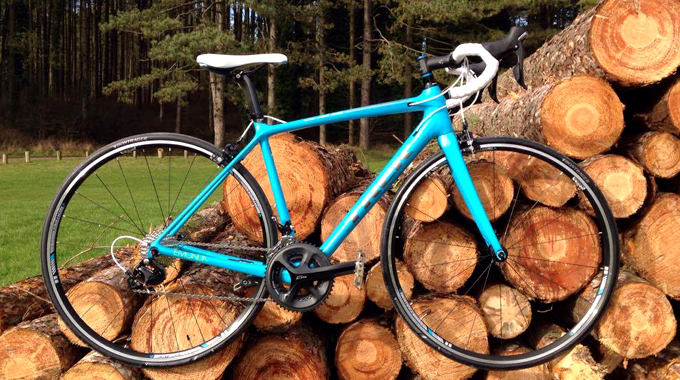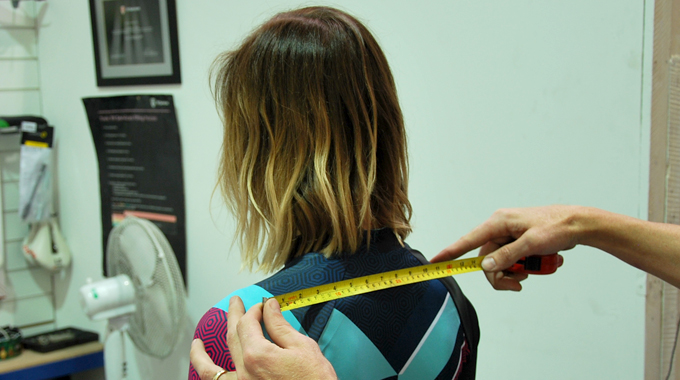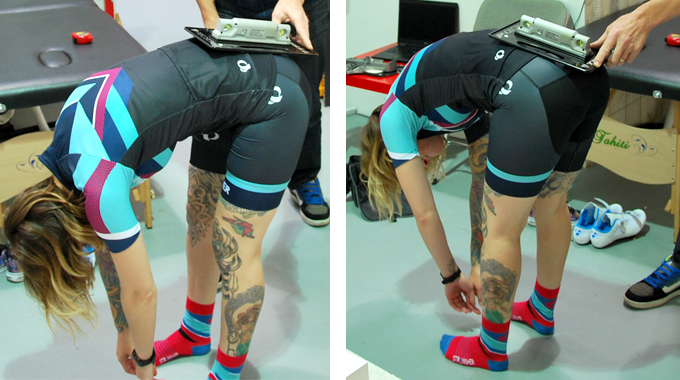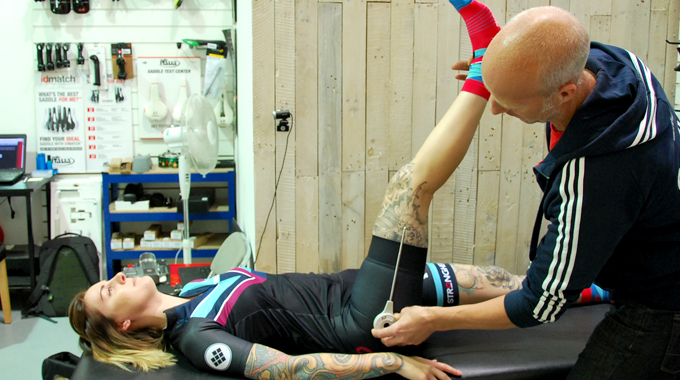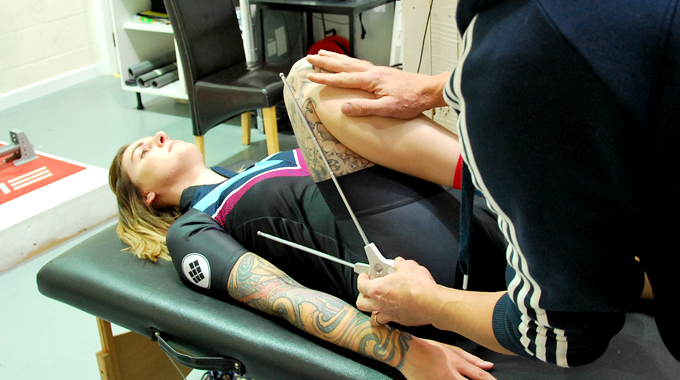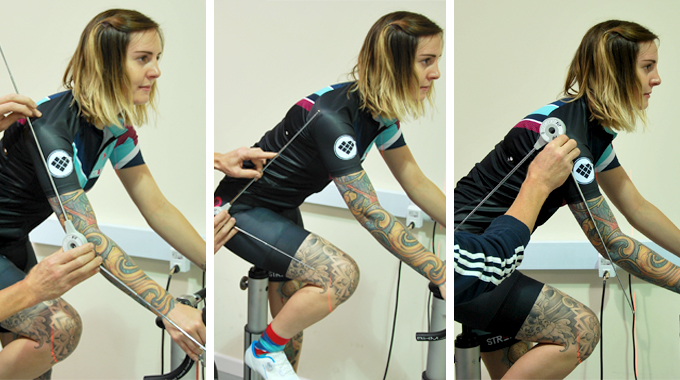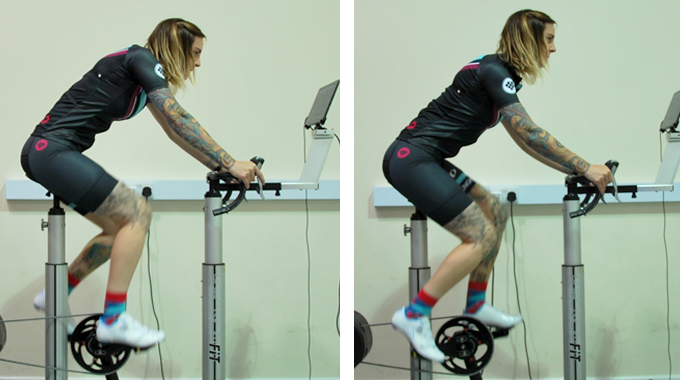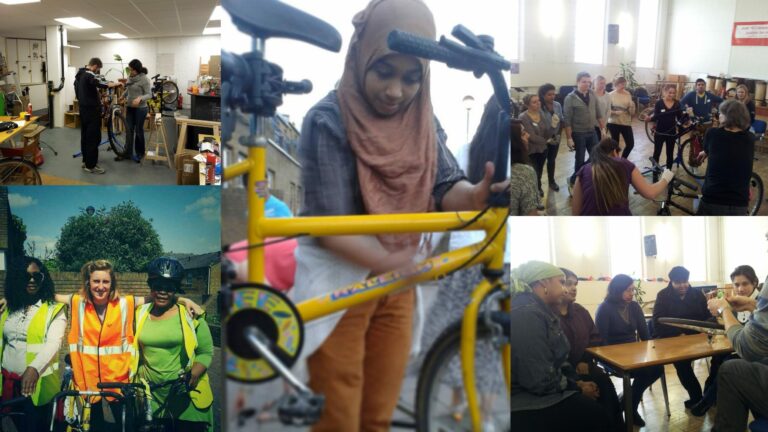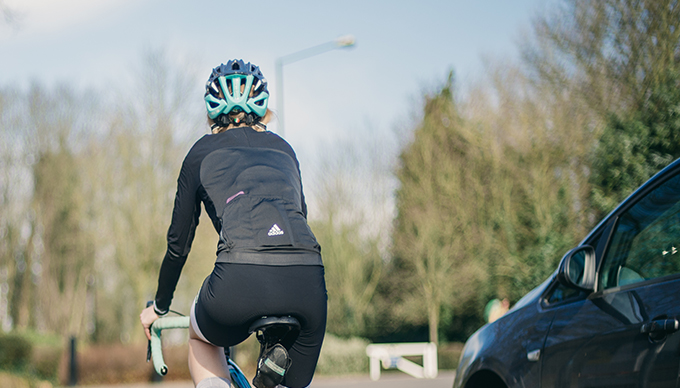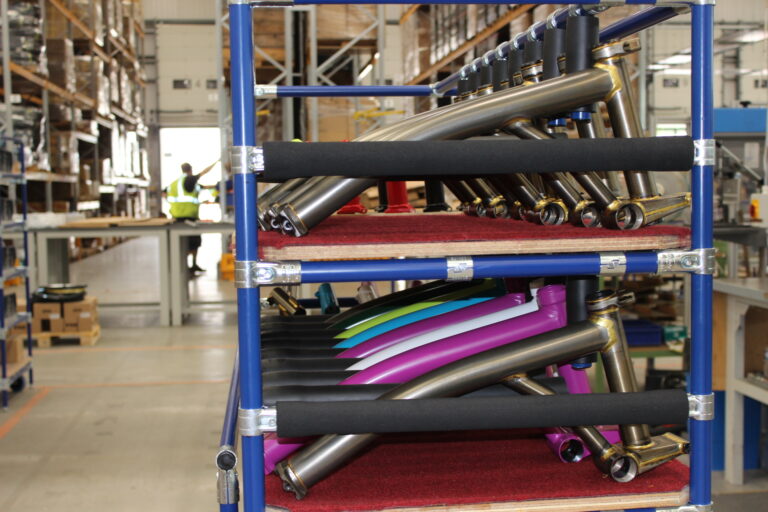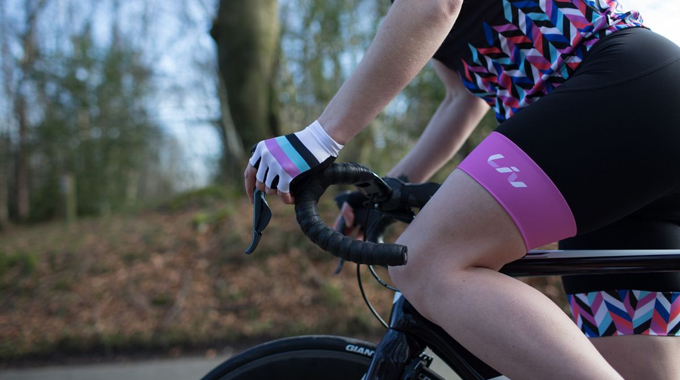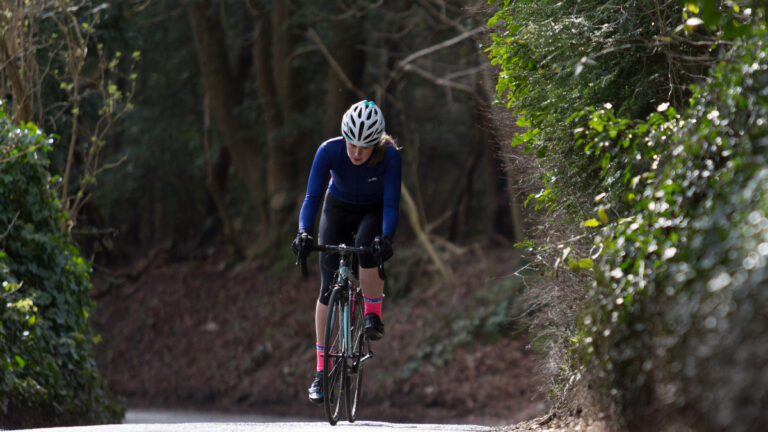It’s the year of adventure in Wales where we’re encouraged to get outside, try new things and go in search of new sports, hobbies and well… adventure!
For me, I’m fortunate to live in an area which has so much natural beauty and outdoor activities to keep me busy all year round. With Bikepark Wales on my door step, and stunning landscapes to wind myself around, I’ve decided to venture out of my MTB comfort zone and experience the smooth undulating world of road cycling for my year of adventure.
Whilst there’s an unspoken and unofficial rivalry between Roadies and Mounties in the cycling world, I’ve decided to dabble with skinny wheels after learning the multitude of benefits that can be gained, and how they can translate to my mountain bike life.
Here’s why you should vary your discipline
Thinking that road cycling would be as easy as “riding a bike”, I was wonderfully naive to the reality of it all. Firstly, I was quick to learn that wearing baggies is totally unacceptable, on all accounts, although I think managed to sneak away using my DMR flat pedals and my comfortable Vans for pedalling in.
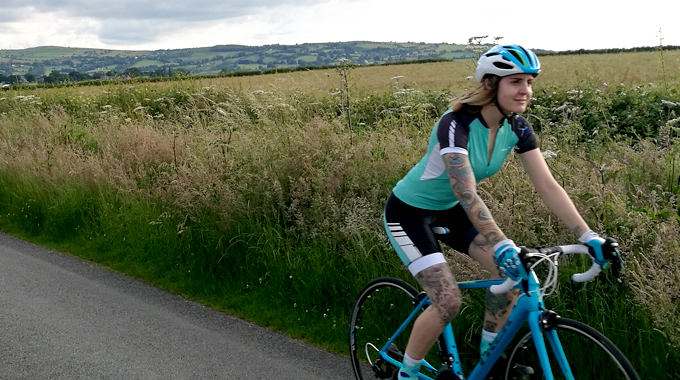
Secondly, I’ve been warned that tan lines must be kept razor sharp and well maintained. A summer dress nightmare, if you ask me.
Having my Roadie approved Lycra bandit kit sorted out, but still unsure of the road cycling rules, etiquette and appropriate footwear, I figured it be best to start with the bike itself.


